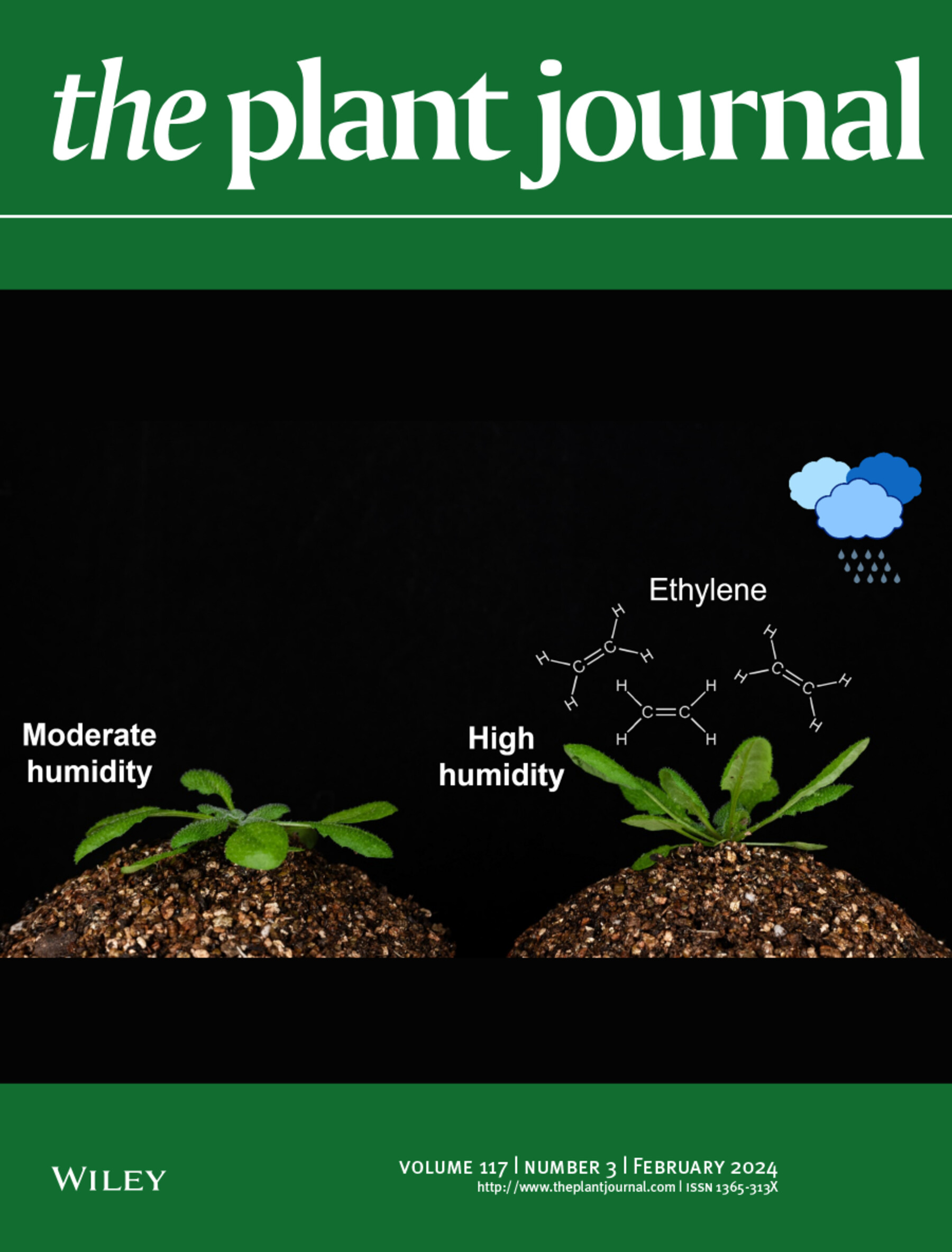Integrative spatial transcriptomic analysis pinpoints the role of the ferroxidase, TaMCO3, in wheat root tip iron mobilization
Abstract
Roots play a critical role in the sensing and absorption of essential minerals from the rhizosphere. Iron (Fe) deficiency, for example, triggers a well-known series of physiological and molecular responses within roots that facilitate uptake, which differs between monocots and dicots. In monocots, little is known about the molecular responses that occur within specific root development zones in response to iron deprivation, and how these differences result in overall nutrient uptake. Here, we conducted a transcriptome analysis of wheat root tips under Fe deficiency (−Fe) and performed a comparative transcriptome analysis with the previous datasets generated from the whole root. Gene ontology analysis of differentially expressed genes highlighted the significance of oxidoreductase activity and metal/ion transport in the root tip, which are critical for Fe mobilization. Interestingly, wheat, an allohexaploid species consisting of three different genomes (A, B, and D) displayed varying gene expression levels arising from the three genomes that contributed to similar molecular functions. Detailed analysis of oxidoreductase function at the root tip revealed multiple multicopper oxidase (MCO) proteins, such as Fe-responsive TaMCO3, that likely contribute to the overall ferroxidase activity. Further characterization of TaMCO3 shows that it complements the yeast FET3 mutant and rescues the −Fe sensitivity phenotype of Arabidopsis atmco3 mutants by enhancing vascular Fe loading. Transgenic wheat lines overexpressing TaMCO3 exhibited increased root Fe accumulation and improved tolerance to −Fe by augmenting the expression of Fe-mobilizing genes. Our findings highlight the role of spatially resolved gene expression in −Fe responses, suggesting strategies to reprogram cells for improved nutrient stress tolerance.

 求助内容:
求助内容: 应助结果提醒方式:
应助结果提醒方式:


